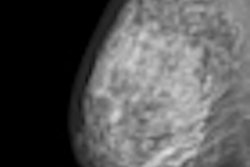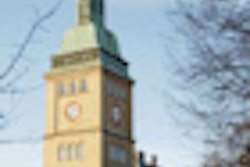Several countries have attributed drops in breast cancer rates to the reduced use of menopausal hormonal therapy, but in Norway the trend is "complicated" because it can't be pinned on that one factor, according to a study published online in the International Journal of Cancer (5 July 2011).
Since 2002 breast cancer incidence has declined -- a trend often associated with reduced use of menopausal hormonal therapy -- but in Norway the government-funded Norwegian Breast Cancer Screening Program (NBCSP) was implemented during the same time period as the increased use of hormonal therapy.
Dr. Solveig Hofvind, from the department of screening-based research at the Cancer Registry of Norway in Oslo, and colleagues obtained rates of breast cancer from the Cancer Registry and hormonal therapy sales data from the Norwegian Institute of Public Health to sort out why exactly breast cancer rates declined.
They found that breast cancer incidence rates increased steadily from 1956 to the end of the 20th century -- particularly in women ages 55 to 69 during 1996-2002 who resided in the counties where the NBCSP was first introduced. After 2002-2003, the rates declined.
Hormonal therapy use increased in 1987-2001, peaking around the year 2000. In particular, sales of combined estrogen and progestogen preparations declined after 2002. Among women ages 55 to 59, rates of hormone receptor-positive breast cancers peaked in 2000-2003. No such trend was seen in other age groups, they wrote.
Both hormonal therapy and the screening program likely contributed to the observed trends, the researchers concluded, and the role of both may vary across age groups.


















